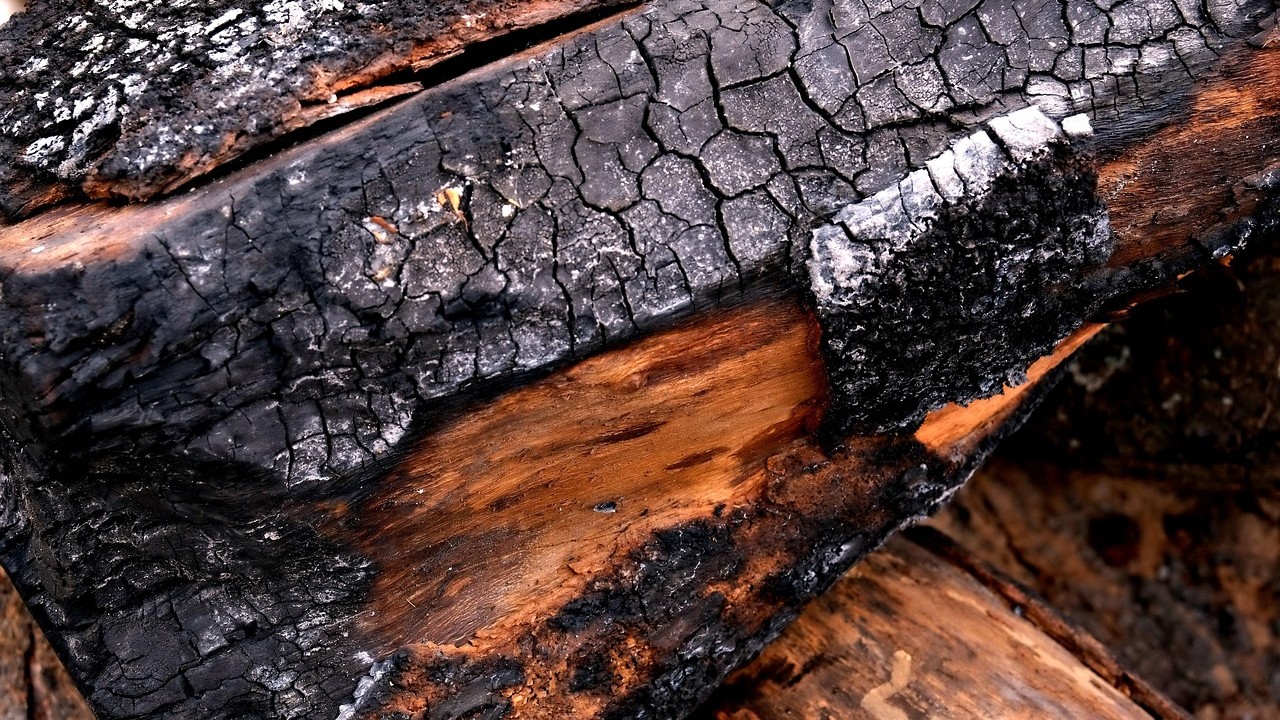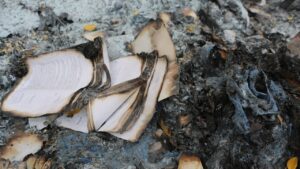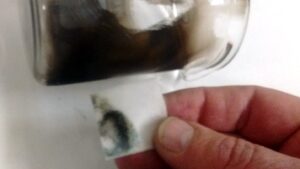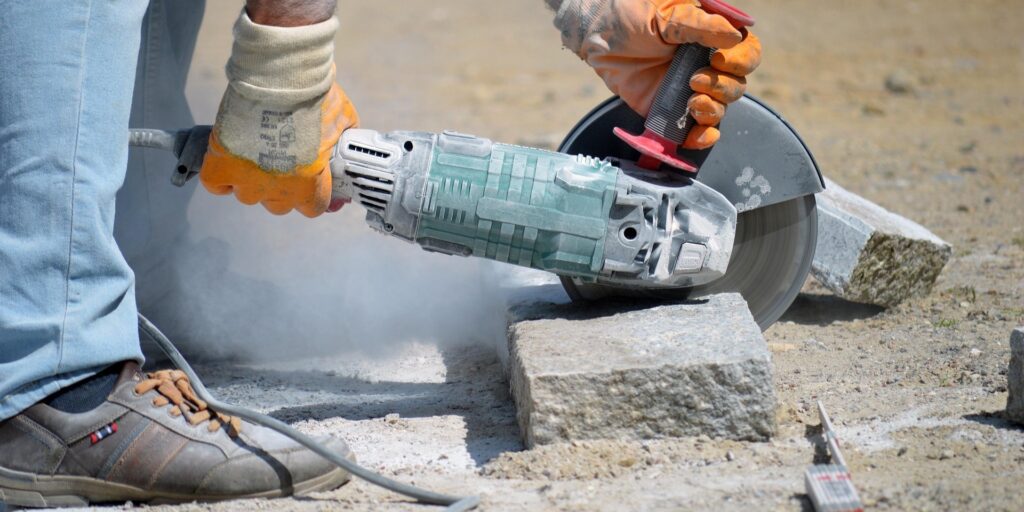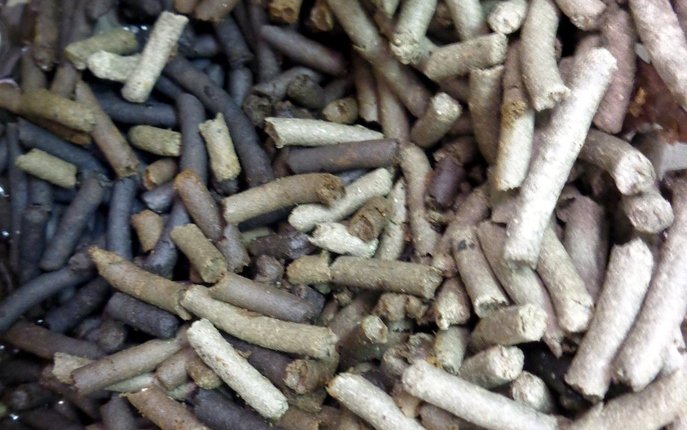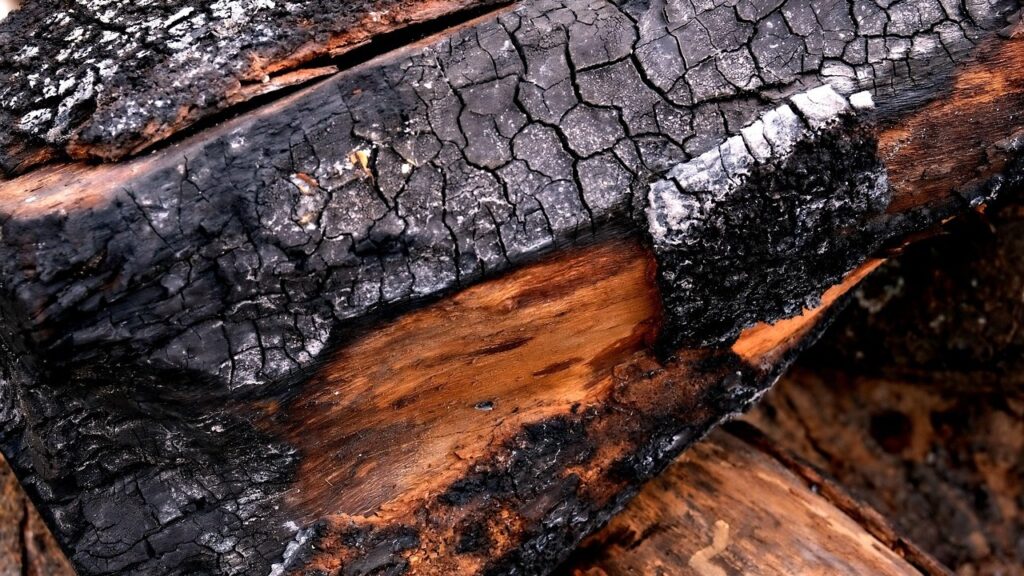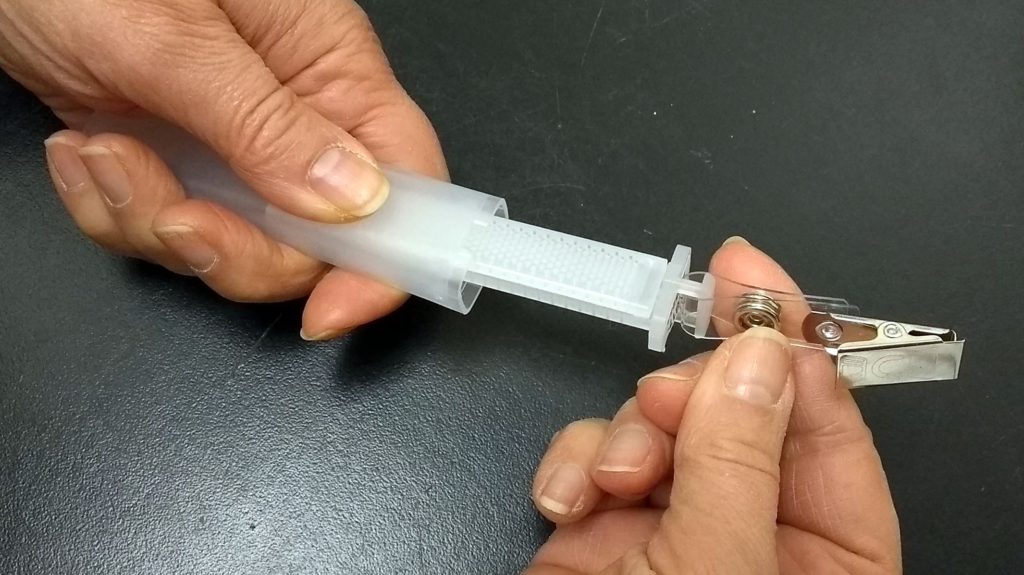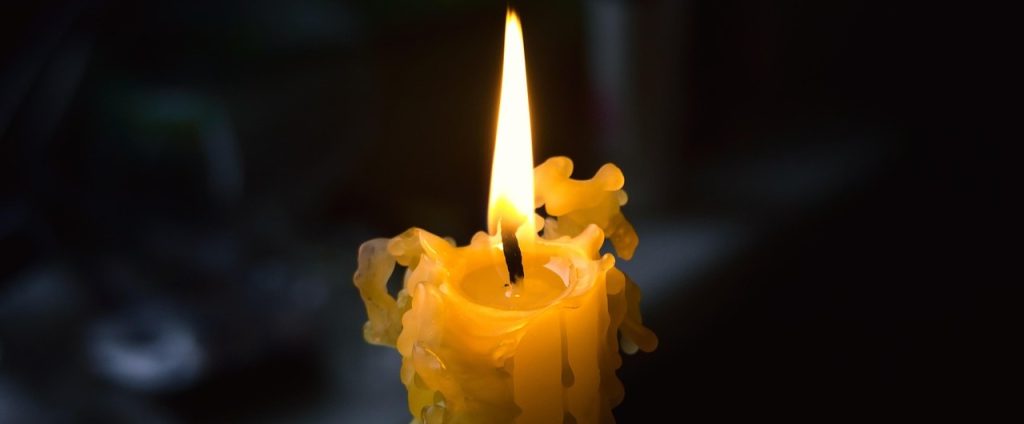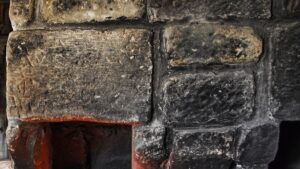 At LCS Laboratory Inc., we developed a comprehensive list of tests suitable for all stages of fire investigation — from investigating the cause of fire to the extent of fire damage, smoke impingement, smoke damage, remediation effectiveness, and after-fire air quality. Here we present available analytical tools for the investigation of fire origin and the extent of fire damage.
At LCS Laboratory Inc., we developed a comprehensive list of tests suitable for all stages of fire investigation — from investigating the cause of fire to the extent of fire damage, smoke impingement, smoke damage, remediation effectiveness, and after-fire air quality. Here we present available analytical tools for the investigation of fire origin and the extent of fire damage.
Investigation of the Cause of Fire
When the cause of fire is unknown, chemical testing may shed light on its origin.
-
Trace amounts of ignitable liquids adsorbed by fire debris may suggest the original cause of the fire. We can not only detect trace amounts of common solvents but also identify them and evaluate the severity of their presence.
-
If the fire started in a pile of sawdust, oily rags, or old newspapers, it might indicate self-ignition. LCS Laboratory can investigate this hypothesis by running a so-called “self-heating test” to evaluate the potential of the waste for self-ignition.
Evaluation of the Extent of Smoke Damage on Surfaces
Quite often, the building structure is intact, but smoke, char, ash, and soot find their way into the building, contaminating surfaces. LCS Laboratory offers several wipe and tape-lift tests that can be used for evaluation of chemical deposits on surfaces. PLEASE NOTE that the presence of chemicals on the surface cannot be used for evaluation of safety or toxicity.
-
Wipe samples for Soot. The samples are collected from 100 cm² (4” by 4”) of the contaminated surface using pharmaceutical grade alcohol wipes and analyzed by our laboratory for soot. Results are reported in µg/100 cm².
-
Wipe samples for Soot, Char, Burnt Particles, and Construction Dust. This test is handy when you see a significant dust deposit on the surface and are concerned that not all of it is actually fire-related. The samples are collected from 100 cm² (4” by 4”) of the contaminated surface using alcohol wipes and analyzed by our laboratory for soot. Results are reported in µg/100 cm².
-
Tape-lift samples for qualitative detection of Ash, Char, Burnt Particles, and Construction Dust.
-
Wipe samples for Polyaromatic Hydrocarbons (PAHs), where we analyze for 16 targeted carcinogenic PAH compounds from the EPA list.
-
Wipe samples for Polycyclic Aromatic Compounds (PACs). This qualitative test simply reports whether PACs are present or not.
-
Wipe samples for metals. This test is used to link smoke deposits to battery fires. You can select which metal to test for — lead or lithium, depending on the type of battery involved in the fire.
-
Identification of tar residue collected on wipe samples. This test can be described as “open characterization,” where we extract the tar collected on the wipe sample and identify tar components. The chemical analysis allows you to identify chemicals in the tar and evaluate its origin and potential toxicity.
By collecting multiple samples, you can determine the spread of fire-related particles throughout the property, allowing you to map the boundaries of contamination and support insurance claims with scientific evidence.
Surface Sampling to Evaluate Remediation Success
If you, as a client, have concerns about the quality of remediation efforts, you can repeat the surface test after the cleaning company has completed remediation. It is expected that the target chemical — the one that was causing the problem originally — would be either non-detectable or reduced to the level of environmental background.
After-the-Fire Air Quality Testing for Tenant’s Safety
A recent fire leaves a long-lasting smell of smoke and burnt plastic. Soot and ash residue will be finding their way into the living space for months afterward. At LCS Laboratory, we offer air sampling test kits for fire-related air quality testing. These tests are suitable for residential air quality, where exposure standards are very strict.
-
Soot in air by NIOSH 5040
-
Lead in air by NIOSH 7301. Lead is released by burnt paint if it was produced before the 1980s
-
Total phenols in air. Phenols are typical components of smoke, responsible for the recognizable fire smell
-
Scan for 16 PAHs in air. PAHs are known carcinogens. Their concentration must be non-detectable.
-
Open Characterization of Residual Solvents in the Air. In this test, solvents are collected on diffusive samplers and analyzed in our lab using gas chromatography with mass spectrometry.
If you need any of the fide damege tests, please email us to discuss how our laboratory service can support your investigation ©

